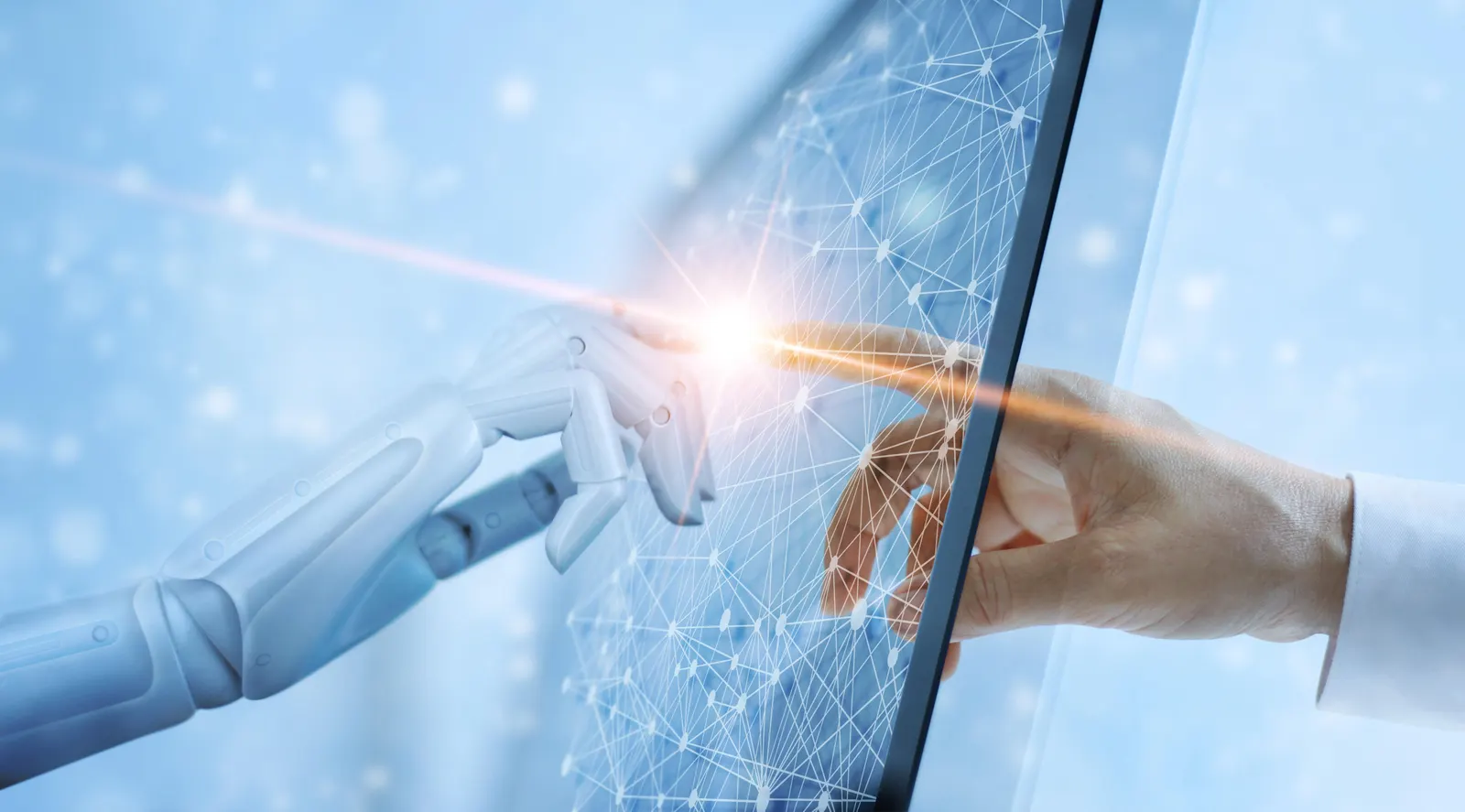Key Takeaways
- AI and automation can dramatically streamline recruitment—but still require human input to interpret nuanced information.
- Impersonal algorithms and unchecked tools can cause candidates to disengage and reinforce hidden bias.
- Strategic integration of human oversight and digital solutions yields both efficiency and authentic hiring outcomes.
Table of Contents
- The Rise of AI in Recruitment
- Benefits of Technology in Hiring
- Challenges of Over-Automation
- Maintaining the Human Touch
- Best Practices for Integrating Technology and Human Interaction
- Future Trends in Recruitment
- Conclusion
In a labor market shaped by rapid digital transformation and increasing competition for top talent, modern recruitment strategies are at a crossroads. Technology, powered by artificial intelligence (AI) and automation, helps organizations filter applicants at unprecedented speed and scale. Yet, no matter how advanced the tools, technology alone still falls short when it comes to building meaningful rapport or understanding context and subtlety—those uniquely human attributes. Modern employers must therefore find effective ways to preserve the personal connection and critical thinking that human recruiters bring to the process, while still leveraging innovative solutions from a job hiring platform and other digital resources.
Striking this balance has never been more important. Candidates often interact first with AI chatbots or automated screening systems, which streamline the application review process and offer consistency. However, a hiring process that’s overly mechanized risks creating an impersonal experience and can even propagate bias if left unchecked. The challenge for today’s organizations is to expertly blend advanced tools and algorithms with the empathy and qualitative judgment of human recruiters.
As recruitment evolves, the most successful organizations are those that embrace both sides of this equation—utilizing AI to efficiently sort, schedule, and assess candidates, while reserving key moments for genuine human connection. In turn, they build teams that are not just highly skilled but culturally aligned and inspired to contribute.
High-quality candidate experience, ethical hiring practices, and outcomes that foster true diversity all depend on this integration. In the following sections, we examine how recruiters and HR leaders can effectively integrate the best of both worlds to develop a future-ready recruitment strategy.
The Rise of AI in Recruitment
AI-driven tools have quickly become the front line of talent acquisition, transforming how companies discover and evaluate candidates. Automated systems can scan thousands of resumes in seconds, flag potential fits, and even conduct preliminary skills assessments and interviews—all often before a candidate speaks with a human. Large organizations such as those using Workday’s integrated platforms have underscored the growing role AI plays in helping businesses stay adaptable and competitive. According to the Forbes HR Council, AI in recruitment is not just about streamlining logistics, but also about enabling smarter, data-driven hiring processes.
Benefits of Technology in Hiring
- Efficiency: Digital systems significantly accelerate application sorting and scheduling, enabling recruiters to fill roles more quickly.
- Consistency: Automated platforms enforce standardized criteria, reducing the opportunity for arbitrary judgment and enhancing fairness in early screenings.
- Data-Driven Insights: Advanced analytics provide metrics on candidate pipelines, conversion rates, and sourcing strategies, arming HR leaders with actionable intelligence.
Recent findings in The Wall Street Journal reveal that companies are using AI not only to automate administrative tasks but also to uncover patterns that shape better hiring decisions over time.
Challenges of Over-Automation
Despite significant advantages, relying too heavily on technology introduces several pitfalls:
- Impersonal Candidate Experience: Automated interview platforms and chatbots, while convenient, can come across as cold or dismissive. Many candidates report dissatisfaction when they never interact with a real person during the process.
- Bias and Fairness Risk: AI systems trained on historical hiring data may inherit and amplify existing biases that remain unchecked. Even well-intentioned tools can unintentionally filter out diverse talent, as recent coverage by Time on AI interviews explains. Oversight is necessary because algorithmic decisions must be continuously audited for discrimination or exclusionary practices.
Maintaining the Human Touch
The best recruitment strategies retain a human layer during key touchpoints. Human recruiters play a vital role in:
- Personalized Communication: Tailored responses, context-aware feedback, and listening to unique career stories are tasks best handled by people, not scripts.
- Contextual Judgement: Humans are better equipped to assess soft skills, cultural fit, and subtle cues that may indicate a candidate’s potential beyond what algorithms can measure.
- Ethical Safeguards: Recruiters provide essential checks on AI-driven decisions, advocating for fairness and helping rectify any potential mistakes made by digital systems.
Best Practices for Integrating Technology and Human Interaction
- Leverage AI for Repetitive Tasks: Enable smart platforms to parse and score incoming resumes or applications, allowing hiring experts to focus their attention where it matters most.
- Human-Led Final Interviews: Even when AI identifies promising candidates, make sure real conversations with managers or recruiters are the decisive stage for culture and fit assessment.
- Continual Audits and Feedback Loops: Regularly review algorithms and candidate experiences, collecting feedback to ensure ongoing fairness and alignment with company values.
Future Trends in Recruitment
- Deeper AI Integration: The next wave of AI tools will focus more on soft skills, tone analysis, and predictive metrics, closing the gap between algorithmic and human understanding.
- Widespread Hybrid Models: More organizations are adopting mixed approaches, blending AI speed with recruiter empathy at every stage of recruitment.
- Total Experience Perspective: A heightened focus on holistic candidate and recruiter experience ensures that technology enhances, not detracts from, engagement and transparency.
Conclusion
The future of hiring belongs to those who can harness both the power of advanced technology and the irreplaceable qualities of human judgment. Thoughtful integration eliminates process bottlenecks, expands reach to diverse talent, and ensures hiring is not just efficient but genuinely fair and engaging. Whether optimizing workflow with a job hiring platform or committing to regular human touchpoints, leading organizations understand that marrying innovation and empathy is essential for recruitment that endures.

